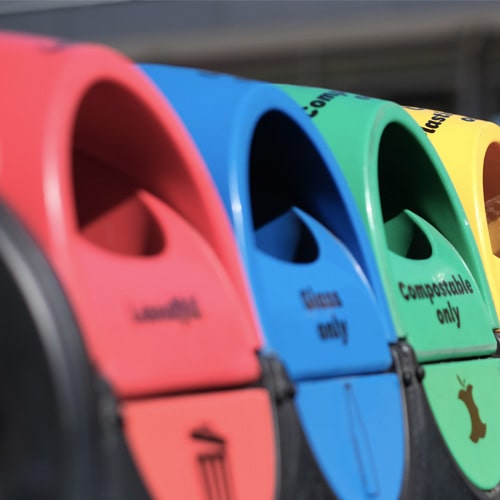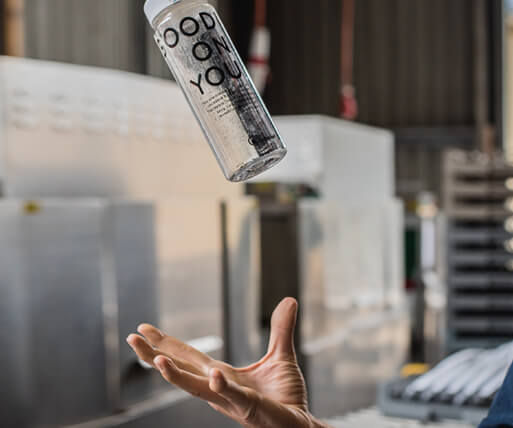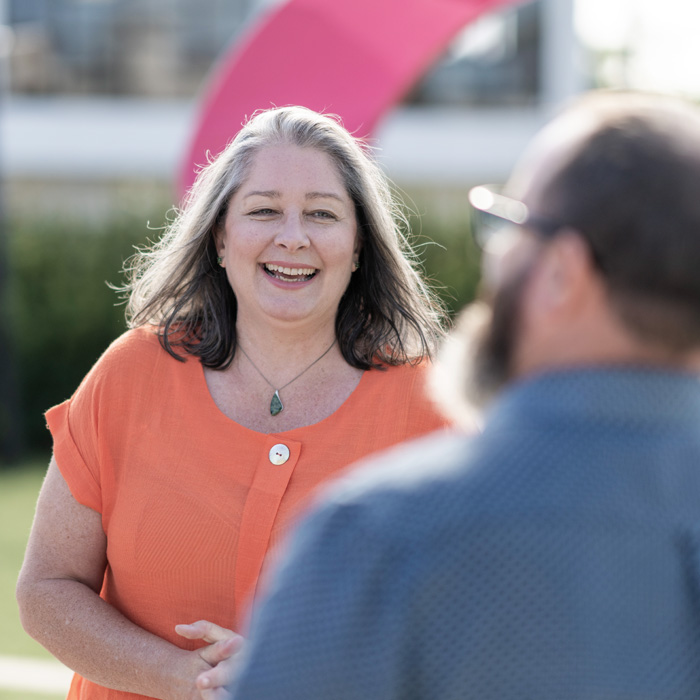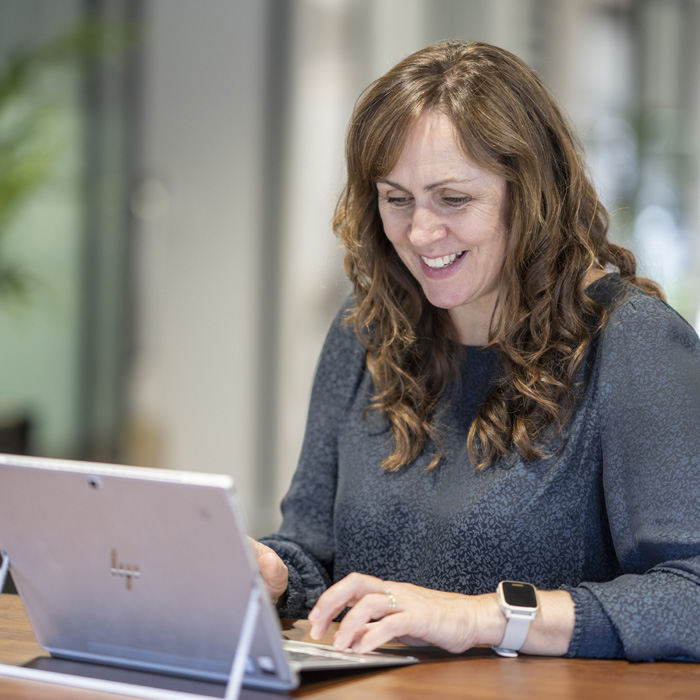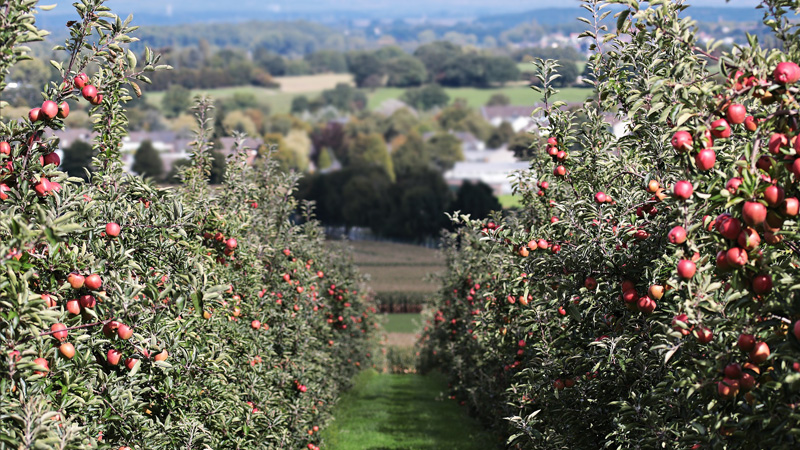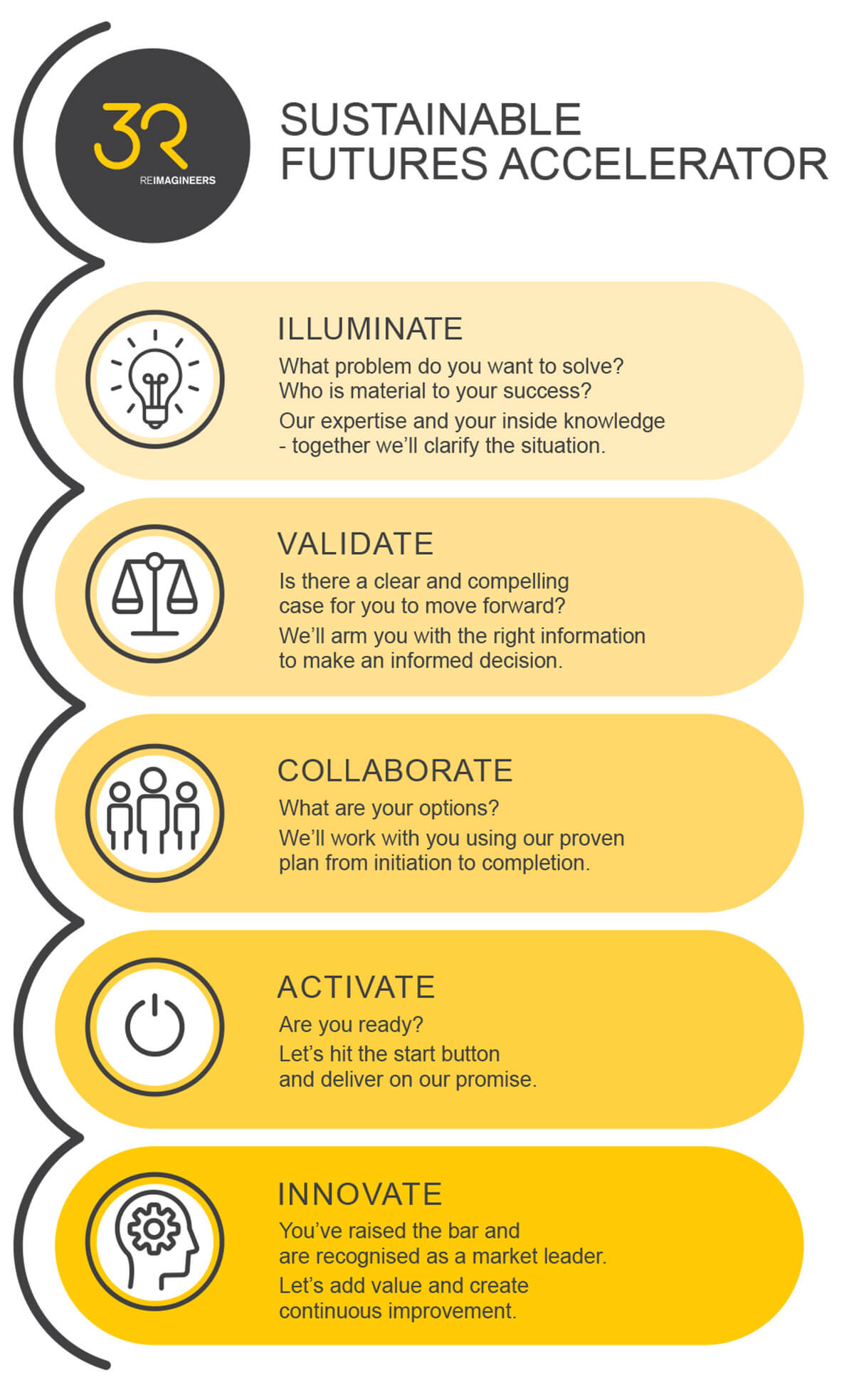Sustainable is attainable in Hawke’s Bay
Published in Bay Buzz
Hawke’s Bay is one of the country’s biggest food producers which also means we are one of the biggest creators of food production waste, but an exciting new project is set to tackle this.
The recently launched Sustainable is Attainable Hawke’s Bay is working to change trash into treasure, not only keeping waste from landfill but developing high-value by-products. With around 30 local businesses already committed to the project, it’s off to a strong start.
Nicky Solomon from Food & Beverage Hawke’s Bay is the co-ordinator for the project. “It kicked off at the end of 2021 after I had heard about the project in Timaru. Sustainable is Attainable Timaru has been running since 2019 and, with the backing of the District Council’s development agency Venture Timaru, they’re already into the advanced research and feasibility stage.”
“I immediately saw the potential for Hawke’s Bay to do something similar, and to join the dots with another similar region,” she says.
Nicky approached a number of organisations, including us at 3R Group, for both technical support and funding. “Funding is crucial for a project of this kind. Fortunately, we have received support from all five Hawke’s Bay councils, Callaghan Innovation, Massey University and the Bioresource Processing Alliance,” Nicky says.
The project was a good fit for us at 3R with our focus on reimagining waste, so two of the three interns working on the project, Olivia Cotter (University of Waikato) and Sara Dooney (Canterbury University) are based at our offices, with a third intern, Nelson Harper, based at Massy University.
Over the past three months this team has been working with Nicky and Natalie Martin, 3R’s Materials Innovation Manager, to identify and focus on a number of waste streams from the region’s primary industry. These range from the pomaces (pulps and other by products) from processing fruits and vegetables to the plastic wrap around pallets, and tanalised (chemically treated) timber like fence posts.
While some of these, such as food waste, can and are used for composting, other materials end up in landfill. Pallet wrap, for example, is a widely used and recyclable type of plastic, but because it’s soft rather than rigid processors can’t accept it. Tanalised timber presents a different set of challenges as the chemicals in the wood need to be neutralising before high-value uses for the timber can be found.
Organic waste, which accounts for tens of thousands of tonnes a year, currently has the highest potential for having value added to it.
For example, pomaces from juicing fruit and vegetables could be further refined to extract high value compounds like essential oils, antioxidants, dyes and enzymes. The ‘waste’ from this process could then be processed further to extract other commodities like sugars, starches, proteins and cellulose.
The good news is these challenges aren’t insurmountable. Much of the know-how and research is already around in some form. However, individual companies or organisations working on their own are less able to progress this research or get it to scale due to a lack of time and resources. Collaboration is key.
“When industry and academic and research institutions collaborate, we get greater resources to improve existing processes, pool knowledge and find solutions which can be rolled out at scale,” Natalie says. “Using waste or by-products is seldom core businesses, so by collaborating we are more likely to find opportunities that make sense.”
“Continuing to think in terms of a current linear economy (take, make, waste) just isn’t environmentally or economically sustainable. Whereas if we take our cues from nature and adopt circular economy principles then we make sure waste becomes a thing of the past as resources are reused, repurposed or recycled and their maximum value extracted.”
“It’s not only in line with the Government’s current focus on moving New Zealand to circular economy, it also makes good business sense,” Natalie says.
“Climate change, which brings fluctuating, unseasonal weather patterns and severe weather events, also poses a significant risk to primary production. Diversifying and building resilience into existing business models will be key to business survival and success.”
Currently Sustainable is Attainable Hawke’s Bay is in its first phase, which involves developing an understanding of the waste streams, their challenges, and opportunities. This means looking at what the waste is, how much there is, where it’s currently going, and what others around the country and the world are doing to keep it from landfill and add value.
The outcomes of the students’ work over the summer will be presented to the business collective, funders and other interested stakeholders in early February. Businesses will provide feedback about which opportunities are of interest so they can be prioritised and solutions further developed.
For many of these waste products there will already be pieces of the puzzle scattered around – it’s a matter of connecting the dots by facilitating collaboration. For others, there will need to be further research, innovation, invention and development.
The possibilities generated by this project can’t be underestimated as they have the potential to not only reduce waste going to the landfill but create value for the region. The opportunity to get some fresh and enthusiastic eyes on the project means I’m excited to see what comes from it.
Dominic Salmon is 3R’s Business Development Manager
Connect with Dominic on LinkedIn

